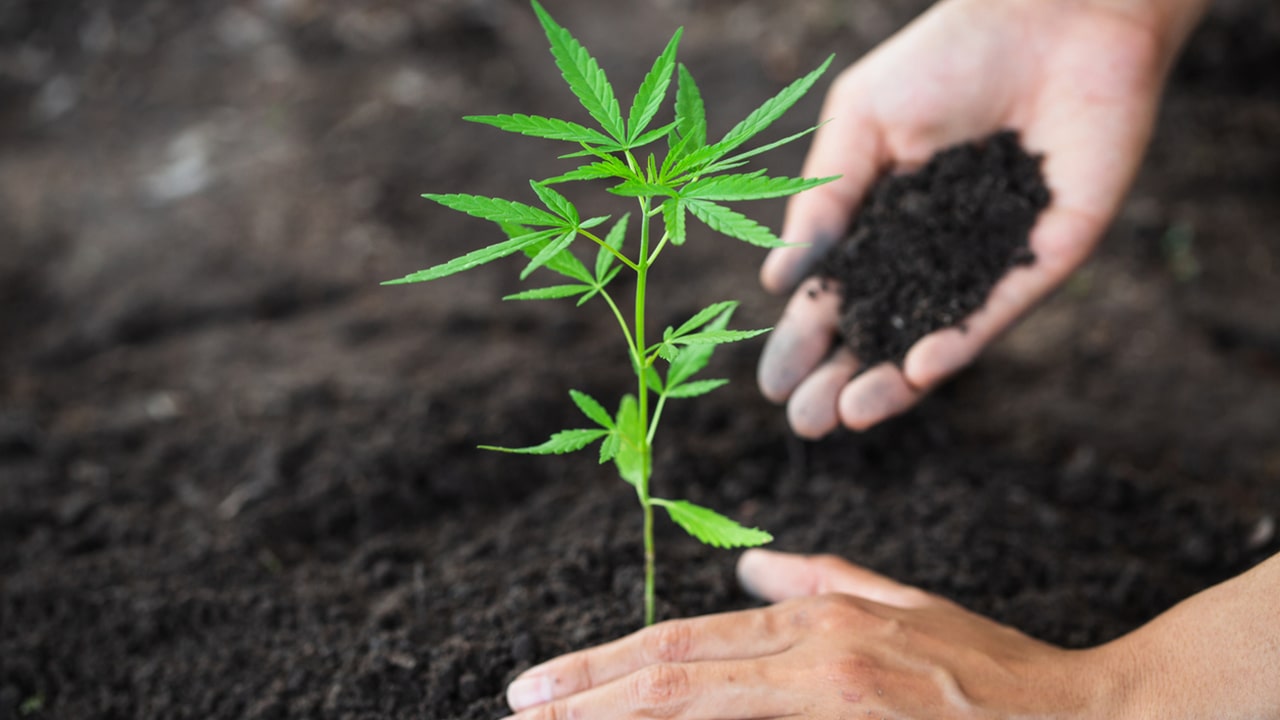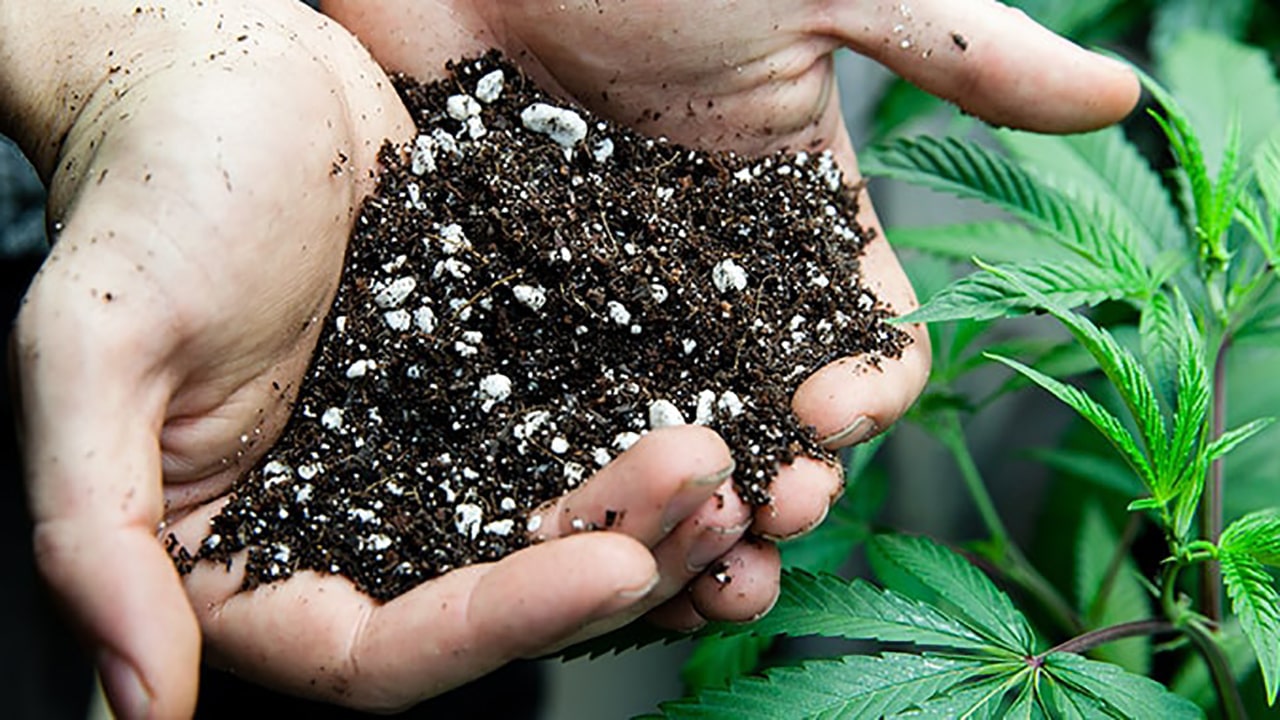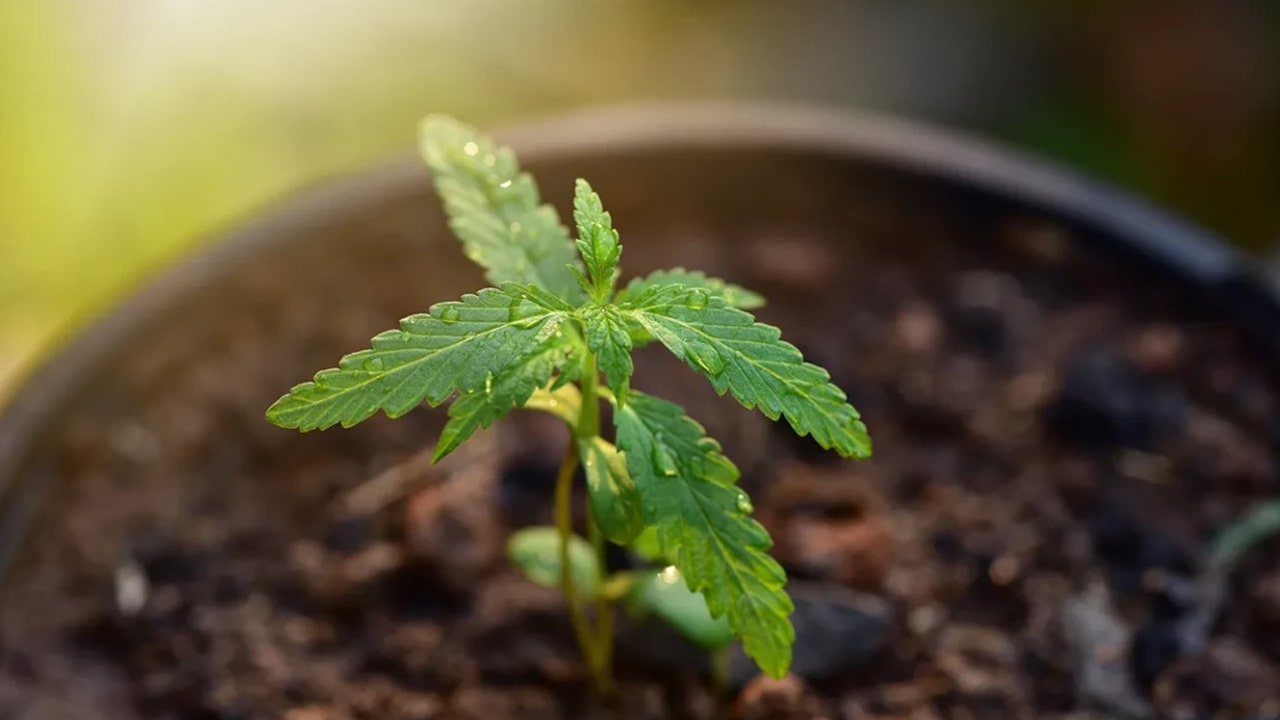
How to choose soil for cannabis?
Although hemp is renowned for its amazing endurance and ability to adapt to unfavorable conditions, the choice of suitable soil plays a crucial role in the growing process. Undoubtedly, the plant is able to survive even in an extreme environment, but the task of the grower is not just to support its life, but to achieve full development and gather a rich harvest. The real goal of cultivation is to obtain aromatic, resin-rich cones with a high THC level.
That's why it's important to choose the soil carefully and create optimal conditions for growth. Many cultivators favor the classic method - growing in the ground, while others are interested in hydroponic systems. Each method of grove has its pros and cons, as well as specific features. Hydroponics, substrates and nutrient solutions - this is a separate and quite extensive topic. In this case, we are talking exclusively about growing cannabis in soil.

Quality soil for growing cannabis
At first glance, it may seem that cannabis is an unpretentious and hardy plant that can be grown in any soil. However, soil from the nearest vegetable garden, woodland or cottage is not the best choice for successful growing. If the grower wants strong, healthy plants with high yields, it is necessary to take care of proper substrate preparation in advance. An alternative is to buy an already prepared soil mixture adapted to the needs of cannabis.
After germination of the seeds, the young sprouts need a soil with certain physical and chemical characteristics to promote harmonious development. Experienced growers often create their own optimal mixtures, but beginners or those who doubt their knowledge are better off using specialized ready-made substrates.
Cannabis soil: where is the best place to buy it?
Suitable substrate can be found in many gardening stores and hypermarkets. The best choice, however, is the specialized grow stores. Their assortment is geared specifically to the needs of cannabis cultivators: here you can buy not only the right soil, but also fertilizers, lamps, ventilation systems, grow boxes and other important components for home grows.
Another advantage of specialized outlets is the availability of consultants familiar with the intricacies of cannabis grovelling. You can't count on such expert help in ordinary garden stores - you'll either have to hide your goals or figure it all out on your own.

How to choose soil for effective marijuana growing?
When choosing soil for growing marijuana, it is important to consider a number of key characteristics:
- Soil structure. The best option is a loose, light and "breathing" substrate that allows air, moisture and nutrients to pass through well. Such soil does not retain water, which means it minimizes the risk of root rot. In addition, it helps to avoid sudden temperature changes that can cause stress in plants.
- pH level. The ideal pH level for cannabis is between 6.5 and 7. Deviations from this range reduce the plant’s ability to absorb important nutrients, slowing down growth and development.
- Soil composition. The soil must necessarily contain vital micro- and macroelements, such as iron, zinc, copper, sodium, nickel and others. These substances create a nutrient medium necessary for the full development of the plant.
- Electrical conductivity. This indicator indicates the concentration of mineral salts in the substrate and is measured using a TDS or EC meter. The optimal value is in the range from 0.75 to 2 units.
How to prepare soil for hemp yourself?
Yes, many growers prefer to create their own soil mixtures. To do this, they take the base substrate (both purchased and from natural sources) and enrich it with additional components: vermiculite, perlite, expanded clay, compost and various additives.
The next step is to adjust the pH level and add fertilizers, both purchased and homemade. The result is an individual, “author's” mixture, adapted to the specific conditions and needs of plants.
There are dozens, if not hundreds of recipes for such soil mixtures. Each grower selects the composition by trial and error or is guided by the recommendations of other community members.


